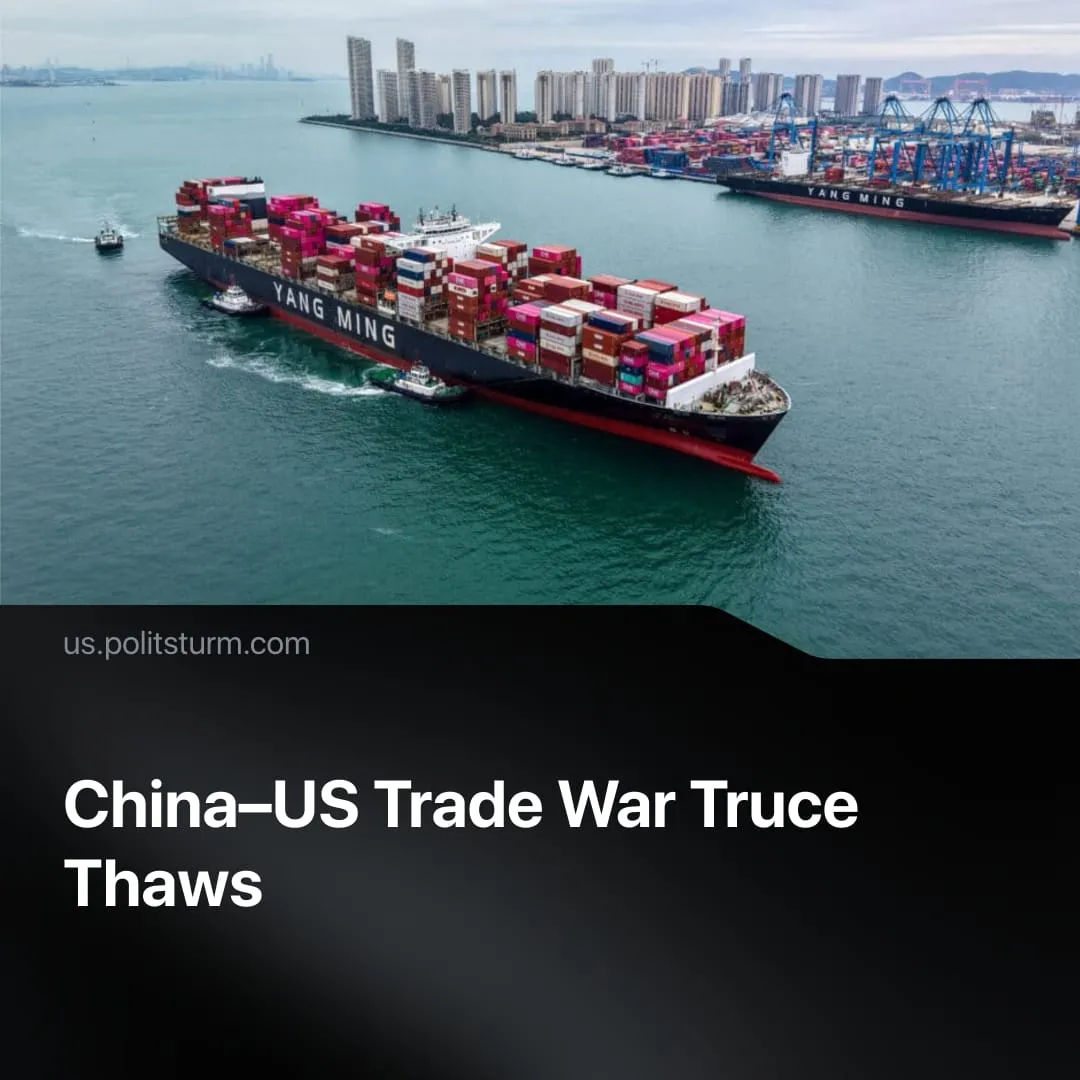China–US trade war pause begins to thaw as the window for China to leverage rare-earth minerals closes.
Details. The new wave of tariffs is currently set to take effect on 1 November, adding to existing import taxes, which currently stand at 55%. China has announced that it is preparing corresponding countermeasures and is “not afraid to fight.”
► Following a sharp negative reaction from the US market — with the Nasdaq suffering its largest single-day drop since the first tariff increase on China — Trump stated that “everything will be fine,” referring to the escalation. Furthermore, US Treasury Secretary Scott Bessent has since indicated that the tariffs could be called off, as the situation has “substantially de-escalated.”
► The new tariffs are a response to China’s decision to restrict the export of five rare-earth minerals, in addition to the seven already restricted in April. The new measures also cover specialist technology used for refining these metals, as well as certain semiconductor materials containing at least 0.1% Chinese heavy earth metals.
► Beijing currently holds effective veto power over who is granted access to rare-earth minerals. This has been justified as a national security measure, requiring companies to certify that the minerals will not be used for military or other sensitive purposes.
Context. The thawing of the trade war comes shortly before Trump and Xi are scheduled to meet in South Korea in late October, during the Asia-Pacific Economic Cooperation (APEC) forum.
► The initial pause in the trade war stemmed from the interdependence of both economies, as further escalation risked triggering a severe economic crisis in both nations.
► During the pause, both sides continued to pursue foreign policy initiatives aimed at securing new allies. For example, the US consolidated control over the Zangezur Corridor and signed a favourable trade deal with the EU. At the same time, China tightened its grip on the Russian economy and strengthened ties with strategic partners.
► The US remains heavily reliant on China for rare-earth minerals, which are essential for producing modern technological equipment. However, China’s ability to use this dependence as leverage is diminishing, as the US secures alternative deals in Ukraine and the Democratic Republic of Congo, alongside increased investment in domestic refinement capacity. Although these developments will take time to materialise, they pave the way for reduced dependency and could enable more direct confrontation with China.
For a deeper analysis of the China–US rivalry, see our in-depth article on this subject.


